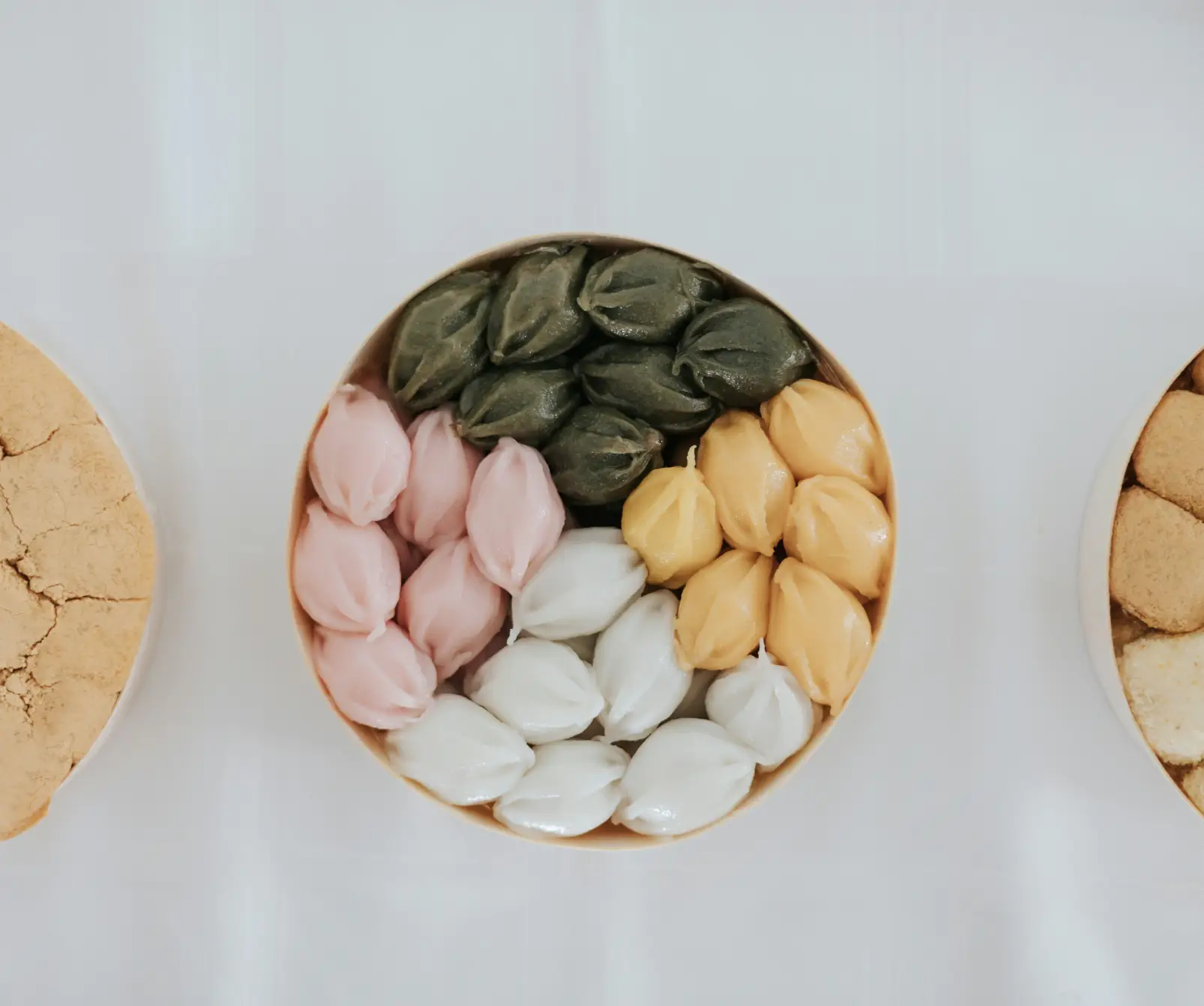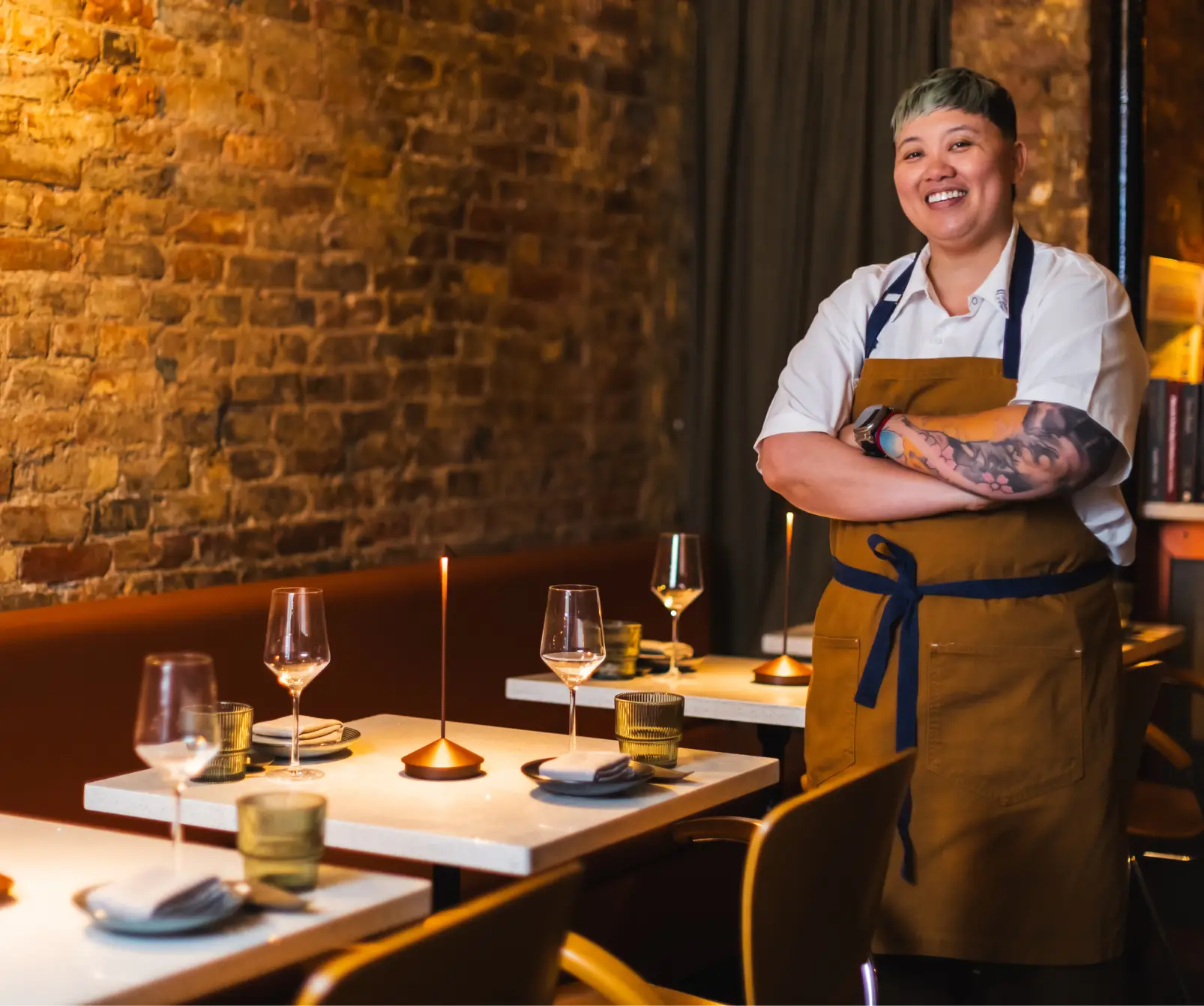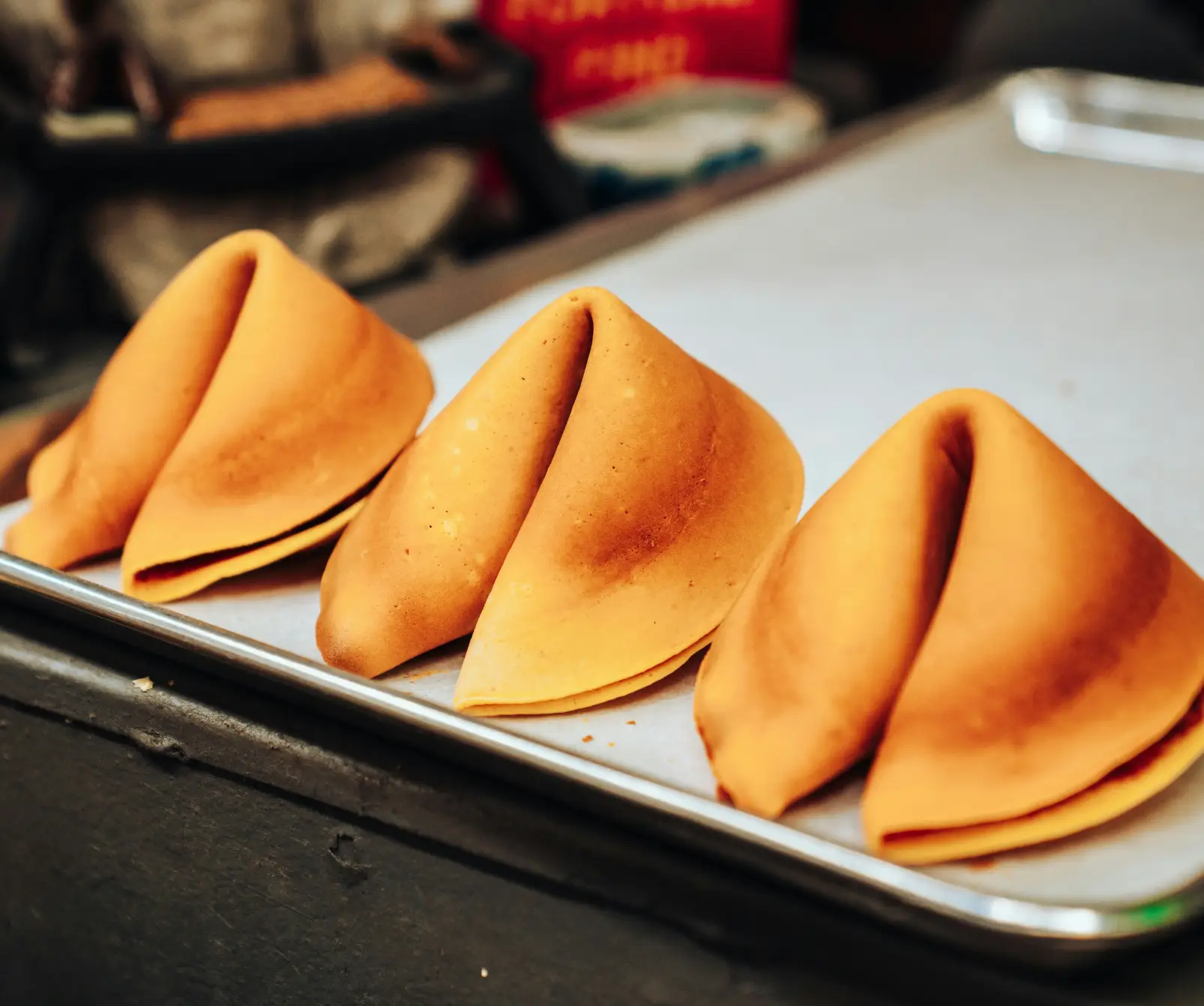Boba’s journey to global acclaim is as layered as its toppings. Not long ago, Simu Liu unapologetically defended the cultural significance of boba, and twelve-year-old me beamed with pride!
Growing up in the ’90s, boba wasn’t widely embraced in the States. Reactions to the chewy tapioca pearls ranged from curiosity to outright disgust. Other kids would make gagging faces or complain about the texture, making boba feel more like a cultural “other” than a universal delight.
It’s embarrassing to admit how much that affected me as a child—just one more layer in the complex cultural identity journey of an Asian American. But fast-forward to today, and boba has not only gone mainstream; it’s become a global phenomenon. From independent tea shops to the menus at Starbucks, Dunkin’, and Sonic Drive-In, boba has cemented itself as a part of our chill-with-friends, sip-something-fun, Instagram-worthy hangout culture.
Its rise to global prominence reflects more than just changing palates. It’s a testament to the influence of Asian cultures on global food trends and a celebration of how food, identity, and acceptance intertwine.
A Tale of Two Teahouses
Did you know that “boba” is Taiwanese slang for “breasts”? It also goes by names like “bubble tea” or “pearl tea.” But whatever you call it, this cultural icon is as much about the chew as it is about the tea. Like most legends, there’s some debate about how it came to be.
The most popular story starts at the Chun Shui Tang teahouse in Taichung. The owner, Liu Han-Chieh, began experimenting with cold tea after a trip to Japan, where iced coffee was thriving. One day, Lin Hsiu Hui, his product development manager, poured her sweet tapioca dessert into her tea and encouraged her colleagues to try it. They loved it, and soon, Chun Shui Tang added it to the menu, sparking the boba craze.
Another origin story credits the Hanlin Tea Room in Tainan, where teahouse owner Tu Tsong-he created boba using white tapioca pearls. Over time, these pearls were dyed black using caramelized sugar, giving us the chewy, glossy pearls we know today.
So, who’s the real inventor? It depends on who you ask in Taiwan.
The Evolution of Tapioca Pearls
The key to boba tea’s multi-sensory magic lies in its tapioca pearls, which have their own fascinating history. Tapioca is derived from cassava, a plant introduced to Asia by Portuguese colonizers in the 17th century. The starch quickly became a staple in Asian desserts for its chewy texture, and early iterations of boba pearls were small and white, mimicking the cassava’s natural appearance.
The black pearls we associate with boba today evolved later. Vendors dyed them with caramelized sugar or brown sugar, not just for the signature color but also for the added flavor, enhancing the drinking experience. This transformation from a simple starch to a versatile, beloved ingredient underscores the creativity of Taiwanese culinary traditions.
A Splash of Colonization
Though boba feels like a quintessentially Asian treat, its story includes a hint of colonial influence. The British popularized adding milk to tea in colonized regions like India and Hong Kong. This practice made its way to Taiwan, where it blended with local flavors and customs to eventually birth milk tea. Add in the chewy pearls, and boba became a drink that carries whispers of colonial trade routes and cultural adaptation.
How Boba Took Over the World
Boba tea exploded in Taiwan during the 1980s and ’90s, spreading quickly to neighboring countries like Japan, Singapore, and Mainland China. Taiwanese immigrants brought the drink to the West Coast of the United States, where it gained traction in Asian American communities before making its way into mainstream culture.
Taiwan’s bustling night markets played a pivotal role in boba’s success. These vibrant hubs of food innovation turned boba into an affordable, customizable treat. Vendors began experimenting, introducing toppings like popping boba, grass jelly, and flavored jellies that appealed to diverse palates.
By the 2000s, global pop culture amplified boba’s reach. Taiwanese dramas, K-pop idols, and social media gave the drink even more visibility, turning boba shops into cultural hubs for Asian American youth. Today, boba is more than just a drink—it’s a lifestyle, a community, and a celebration of cultural fusion.
From Streets to Starbucks
What started as a simple mix of tea, milk, sugar, and pearls has evolved into an endless array of flavors and styles. You can order a classic black milk tea, a taro smoothie, or a matcha latte. Toppings range from sweet red bean and egg pudding to indulgent crème brûlée layers and even fresh fruit. Whether you prefer dairy-free, sugar-free, or caffeine-free, there’s a version of boba for everyone.
From the streets of Taiwan to the menus of global chains, boba’s journey is a testament to creativity, resilience, and the power of cultural exchange. Every sip—and chew—is a celebration of the rich history and evolving artistry behind this beloved drink.Personally, I love a classic milk tea boba with both boba and grass jelly. How do you take your boba?






